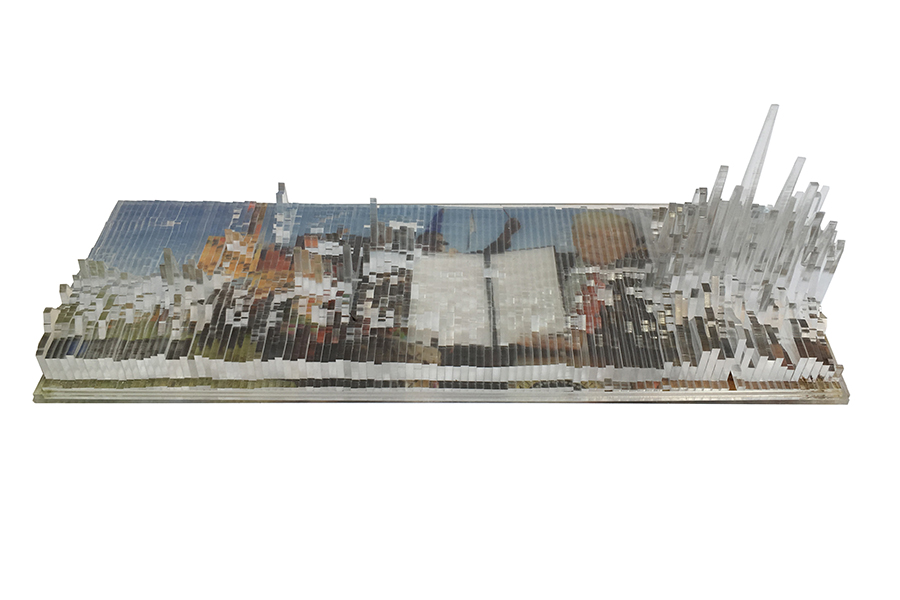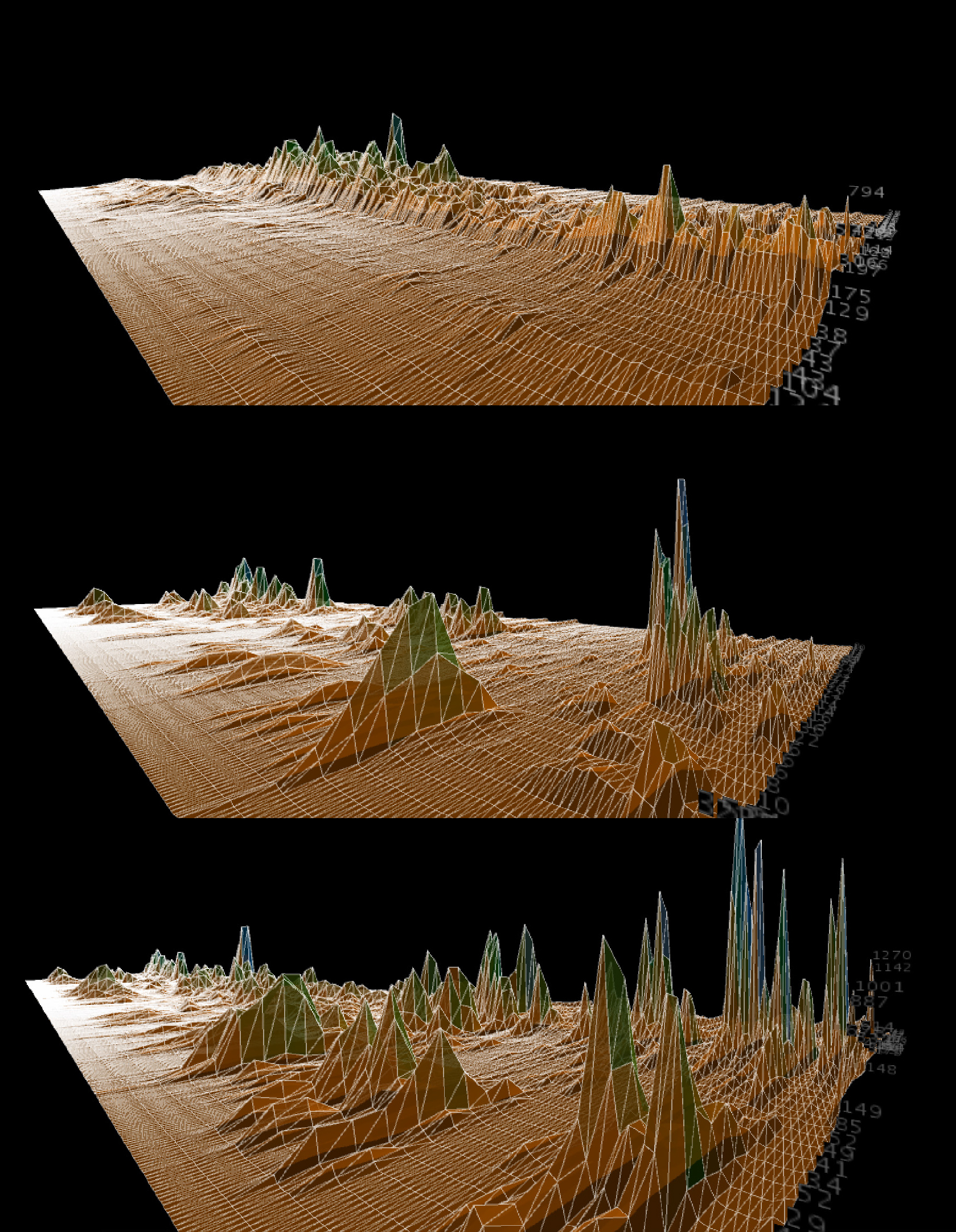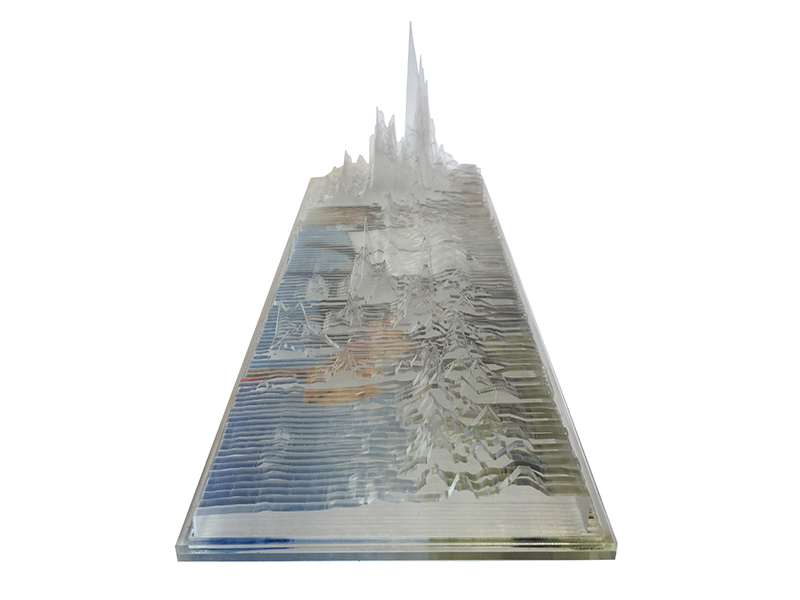Intermediate Visual Communication – LAN2023
Landscape Architecture is a discipline of making, one that relies on tools to realize our vision and to effectively make visible our thoughts, analysis, and solutions. The coupling of design thinking, the transformation of thought into space, and craft — the representation of that thought — is the foundation for building representational literacy. With a basic command of a set of tools, the studio focused on hybridization as a means of fostering a fluid workflow that privileges specificity, dynamism, and layering in the visualization of data over single-media constraints and the limits of conventional, static modes of representation. This non-static interpretation of the representation process is particularly suited to landscape architecture, as our discipline is inexorably tied ecological processes, human-engineered systems and change over time.
There are limitations to modeling the detailed complexity and expansive interrelations of anthropogenic and ecological systems. This course covered both theory and application of visual communication in landscape architecture with an emphasis on methods of dynamic investigation such as parametric and computational modeling. It explored the role of representation and the utilization of tools to facilitate the design process and investigate landscape systems. It also introduced basic operations and a theoretical framework for representational tools and methods. Assignments built upon knowledge presented in class, to explore a deeper understanding and range of methods and concepts.




